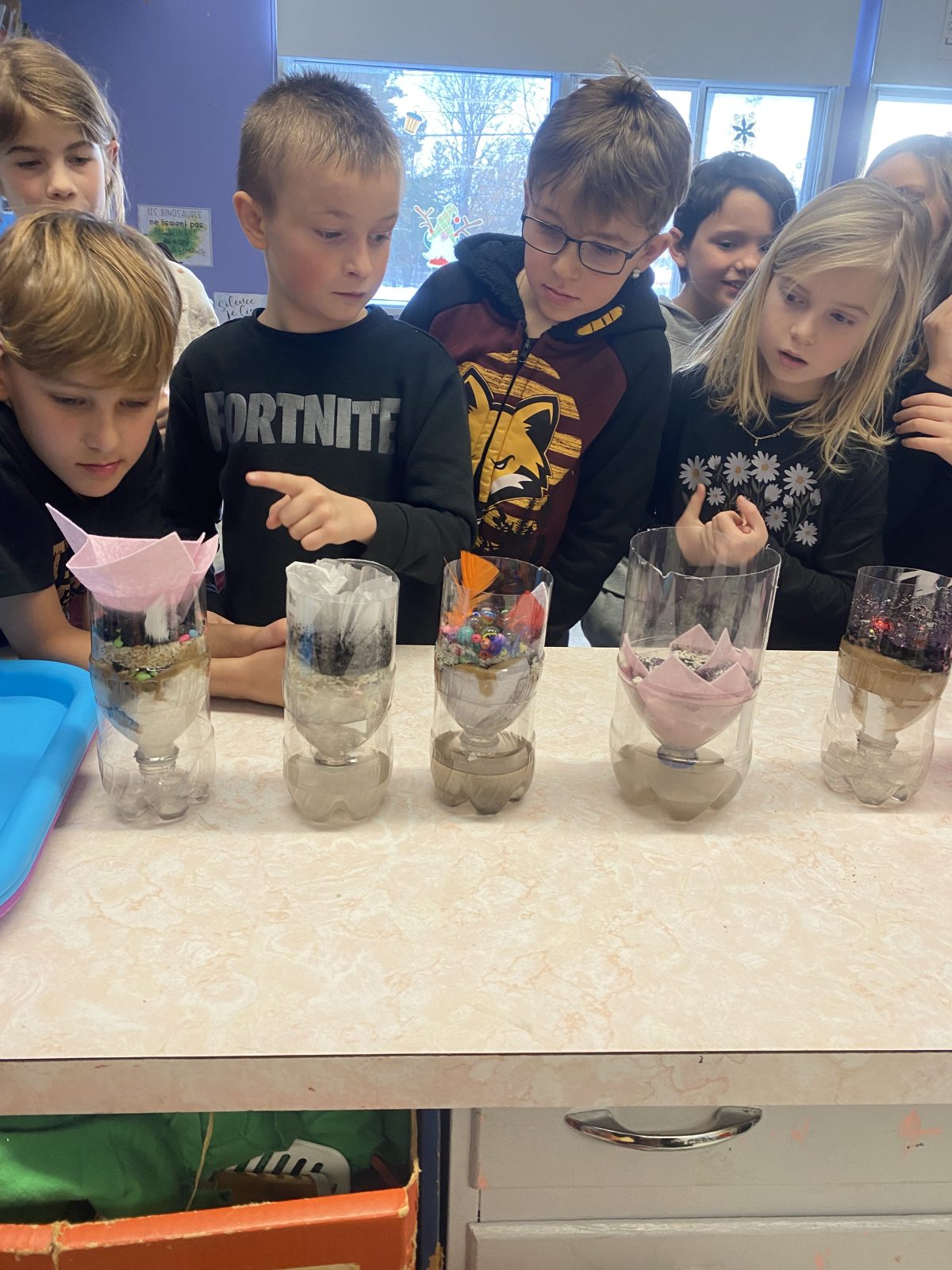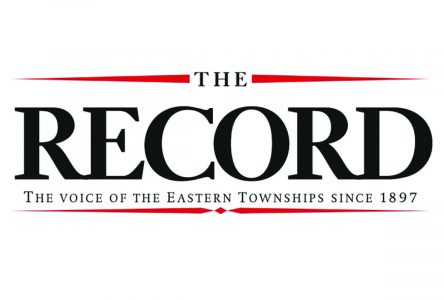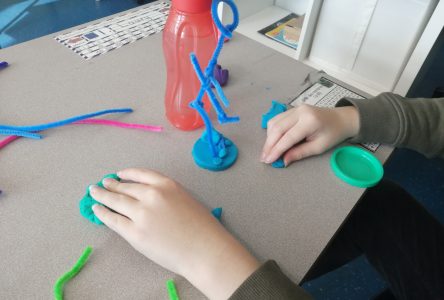By Phelps Helps
When you’re thirsty, what do you do?
Where do you get your water from?
Can you be certain the water is safe?
These are the three questions that get us thinking, and introduce the STEM-based Spark sessions for the Grade 1 to 6 classes in Stanstead this month of January.
Phelps Helps’ in-class Spark sessions at the French and English elementary schools in Stanstead were first piloted in the spring of 2021. The impetus for the creation of Spark originated from the needs articulated by elementary school teachers and leaders who described peer-to-peer relationships within the classroom as an obstacle. Instead of a traditional homework program, teachers expressed the need for the development of key life skills, in particular problem-solving, critical thinking and cooperative learning. Teaching through STEM addresses these needs as well as providing opportunities to foster resilience and creativity. The specific skill-sets a STEM education teaches favour STEM careers which are increasingly classed as the future of the economy.
Today, at Sunnyside elementary school, Katie Lowry, the programs director of Phelps Helps, is leading the first Spark session of the month with the Grade 2 class. This month’s Spark subject is water filtration systems: their function, their value, and how we can’t take potable water for granted. We look at filtration systems designs and talk about how their regions of the world, and within Canada, where safe drinking water is not a given. The students participate in the discussion, sharing their ideas and asking questions. Their interest is keen and their observations and questions unique and fresh.
For the full story and more subscribe to The Record






